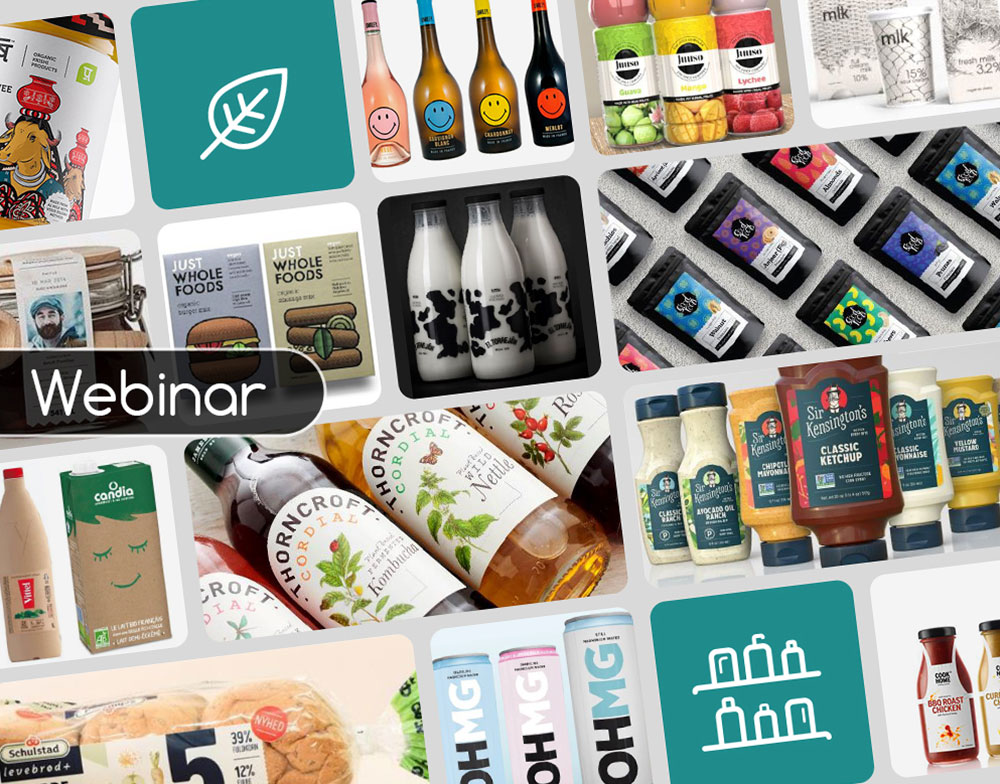Consumers lack knowledge about the environmental impact of their food
The food system accounts for 1/3 of GHG emissions. It is therefore essential to reduce environmental footprint through our diets. However, this transition can be tricky because meat is often at the heart of meals, anchoring cultural values.
Moreover, consumers are not aware of the real impact of intensive livestock farming on the climate. An environmental labelling system can be an effective remedy for the situation and make it possible to guide consumers’ choices in a more noticeable way.
With this framework, the ADEME (Agency for Ecological Transition) called for projects to which the Institute of Science and Taste of the INRAE (National Institute of Research for Agriculture, Food and the Environment) has responded.
Measuring the impact of environmental labels through virtual reality
INRAE (National Research Institute for Agriculture, Food and the Environment) has set up a survey in 2021 with the technological support of Strategir, to measure the impact of an environmental label on consumers in different food categories.
To do this, Strategir has used a virtual reality approach to reproduce different scenarios, with and without an environmental label, in different hypermarket departments.
Implementation of an informative, concise and colourful label format
The first step for INRAE was to set up an informative, concise and colourful label format that would be affixed to the packaging while keeping all the existing information on pack.
An environmental label is seen and well understood
89% of the individuals surveyed have seen the label(s) on at least two selected products. 96% understood what it was about.
This result shows that despite the saturation of information on packaging, consumers manage to see and understand a label dedicated to indicate environmental impact.
Choosing products with less environmental impact
Products with a green environmental label (A or B) are significantly more likely to be chosen than those without. The share of products with a negative environmental impact (C, D or E) drops from 38% to 27%, in a realistic competitive universe that considers the multiple product labelling.
A positive impact of environmental label
In a competitive environment that is often highly charged with ultra-informative packaging, the consumer still deciphers and remains alert.
This new labelling was part of a visual context already saturated with information. The objective was to determine if this marking was seen, understood and useful for consumers in a given competitive context.
An informative label, even if it is in addition to a pack which is already busy with information, drives the consumer to make informed choices. Consumers spontaneously move toward products with a lower environmental impact if they are informed.
Made in France and labels: how they impact on the act of purchase?
Consumers resonate with environmental labelling















